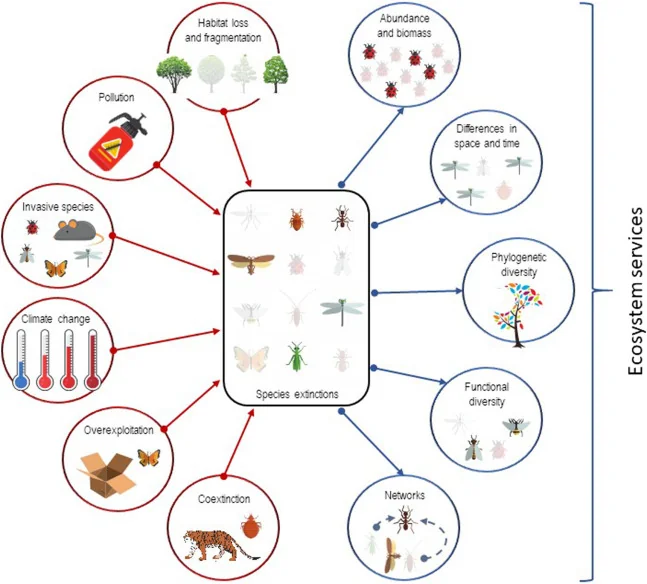According to the most recent data, the extinction rate of 50 thousand species per year was recorded. More than 100 species of living things go extinct forever every day. This is a record in the history of planet Earth.
The world’s insects are hurtling down the path to extinction, threatening a “catastrophic collapse of nature’s ecosystems”, according to the newest global scientific review.
More than 70% of insect species are declining and a half are endangered, the analysis found. The rate of extinction is ten times faster than that of mammals, birds and reptiles. The total mass of insects is falling by a precipitous 5% a year, according to the best data available, suggesting they will vanish within a next thirty years.
Insects are by far the most varied and abundant animals, outweighing humanity by 17 times. They are “essential” for the proper functioning of all ecosystems as food for other creatures, pollinators and recyclers of nutrients.
One of the biggest impacts of insect loss is on the many birds, reptiles, amphibians and fish that eat insects. If this food source is taken away, all these animals starve to death.
Eventually, the extinction of insects will lead to the extinction of life on Earth.
